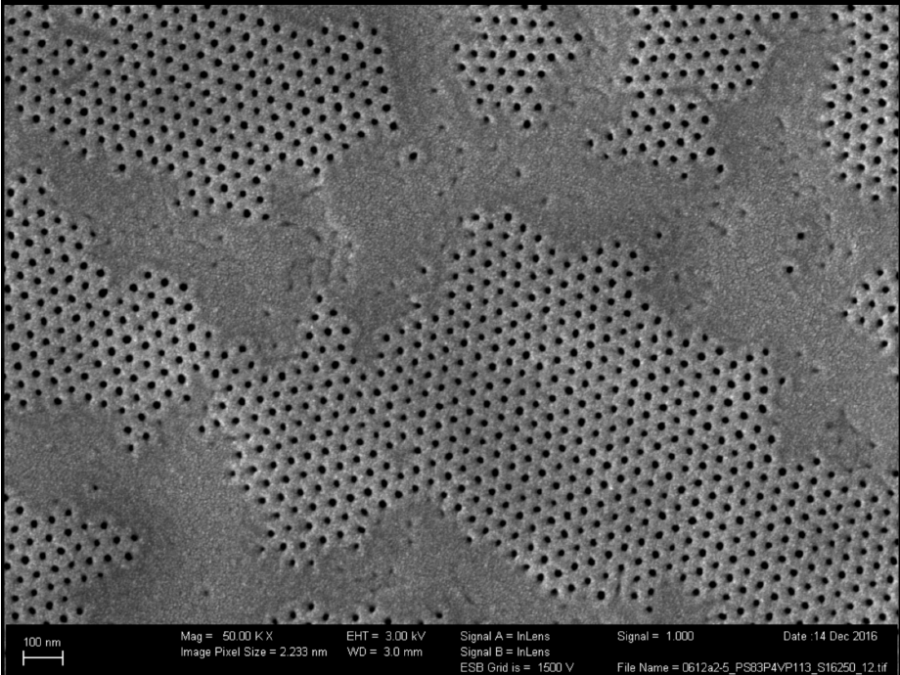Segmentation of biodegradable bone implants

Together with the experts from Hereon the Helmholtz Imaging Support Team collaborates on segmenting synchrotron CT data. In 2021 the collaboration on semantic segmentation of biodegradable bone implants using a U-net resulted in two publications acknowledging the contribution of Helmholtz Imaging [1],[2]. Beyond that, we studied “Instance segmentation of paper fibers” imaged at the Hereon beamlines at Petra III by KTH scientists. In addition to the pure segmentation we investigate in this context the computation and visualisation of confidence of the predicted segmentations as well as approaches to minimise the neccessary amount of labelled data, by analysing active learning strategies.
Additional Funding:
MDLMA project BMBF
[1] Krüger, D. et al. High-resolution ex vivo analysis of the degradation and osseointegration of Mg-xGd implant screws in 3D. Bioactive Materials S2452199X21005077 (2021) doi:10.1016/j.bioactmat.2021.10.041.
[2] Baltruschat, I. M. et al. Scaling the U-net: segmentation of biodegradable bone implants in high-resolution synchrotron radiation microtomograms. Sci Rep 11, 24237 (2021).
Other Collaborations

Connecting membrane pores and production parameters via machine learning (COMPUTING)
Isoporous block-copolymer membranes play a fundamental role in the filtration of liquids and can, for example, be used to purify drinking water. Despite recent progress in understanding the membrane formation process, finding suitable production parameters for a given precursor material (such as polymers of a certain length) still occurs in a trial-and-error fashion, wasting materials, […]
Predicting Perovskite Thin-Film Photovoltaic Performance from Photoluminescence Videos
Photovoltaics are a key technology to decarbonize the generation of energy. While perovskite thin-films are a promising option to build powerful next generation photovoltaics demonstrating high power conversion efficiencies, their manufacturing process remains unstable. We build a model that directly predicts the solar cell performance based on a video capturing the perovskite layer formation prior […]